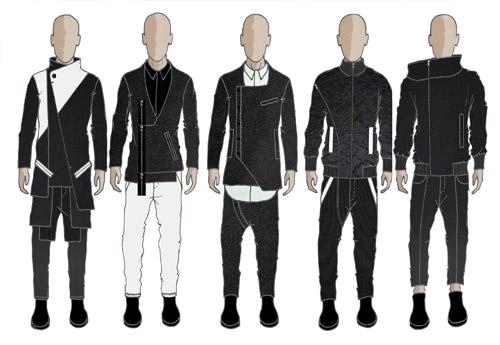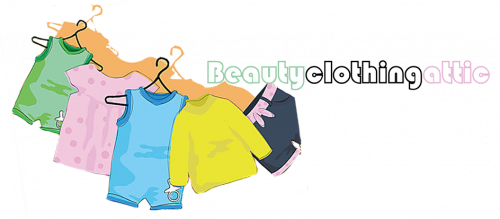The Menswear Design Studio teaches the design skills needed to design clothing for men. The studio offers two levels which are beginner and advanced. The Menswear Design Studio teaches design skills needed to make comfortable, fashionable clothing for all men. The studio also offers six months' membership which is ideal for those who wish to become professional designers and want to learn the techniques and skills required. The studio offers two styles of classes: The Menswear Design Studio teaches the design skills needed to design clothing for men. The studio offers two levels which are beginner and advanced. The Menswear Design Studio teaches design skills needed to make comfortable, fashionable clothing for all men. The studio also offers six months' membership which is ideal for those who wish to become professional designers and want to learn the techniques and skills required. The studio offers two styles of classes:

Course Content The Menswear Design Studio will enable students to develop the necessary skills to design clothing for men. The course is constantly updated with the latest fashions and will enable students to explore different styles to develop still more fashion forward and innovative collection. You'll learn about fabrics and the different kinds of materials, how they're made and how to employ them in the design process. The design development focuses on learning the historical contexts behind the making of fashionable garments. Students will gain a deep understanding of the weaving methods and patterns, the tailoring techniques and historical periods associated with the manufacture of menswear.
The other style of class is the Tailoring and Fashion Institute. This course will focus on the historical developments in men's clothing and the tailoring techniques that have evolved through time. It will incorporate the study of menswear design innovation and the application of the technical fabrics. This course also gives you an opportunity to put theoretical knowledge into practice through hands-on practice. You'll learn sewing techniques such as running stitches, curved seams, quilting, hand-sewing and tailoring and the application of fashion and tailoring principles.
Students learn menswear design through a combination of classroom instruction, field trips, and one-on-one supervised projects in the studio. A lot of the hands-on practice you do at school can be transferred to the real world. Some of the classes include sewing, garment tailoring, and basic cuts. You will be able to choose your own tailor for custom garment tailoring. The fashion design coursework covers a variety of topics, such as fashion design history, garment construction, cut and sew terminology, fabric terminology, colors and design fundamentals, grading and evaluation, and how to select and coordinate patterns with textiles.
In addition to learning menswear design basics, you will have the chance to work with professional garment tailors. The garment tailors will be experts in cutting, stitching and making the right choices for your project. They will use industry standards as they construct your outfit from beginning to end. You can expect to see examples of previous clients' outfits as well as discuss with the instructors how to present the finished product.
Students in formal menswear design schools learn how tailoring works with materials, fabrics, and colors. They learn about fabrics, which can have different properties when they are manufactured for specific uses, how to match colors and designs to match existing colors in clothing, and how to construct outfits from quality materials. Students will be trained on sewing machines, sewing terminology, and be able to choose their own clients.
Those that choose menswear or womenswear education will have the opportunity to take classes in fashion. This means they will have the opportunity to see men in the same clothes they see in magazines. While they are seeing men's fashions, they will also be seeing how designers go about putting the garments together. Designers will be able to demonstrate what goes into developing a piece of clothing by showing the students how their garment is constructed. This will give the students the chance to see how different pieces are sewn and put together.
The final major in the fashion and design portfolio is the project brief. Students who enter this class will present their completed work to a committee. The committee will work with them to review their portfolio and select someone to make their own individual visual design proposal. The student will present their project brief to the committee and then present their proposal to the school. If accepted, these students will be given a final project brief which contains information about their role, responsibilities, and duties. Once the school has found the perfect person to do the job, they will present the student with their credentials.

Leave a Reply